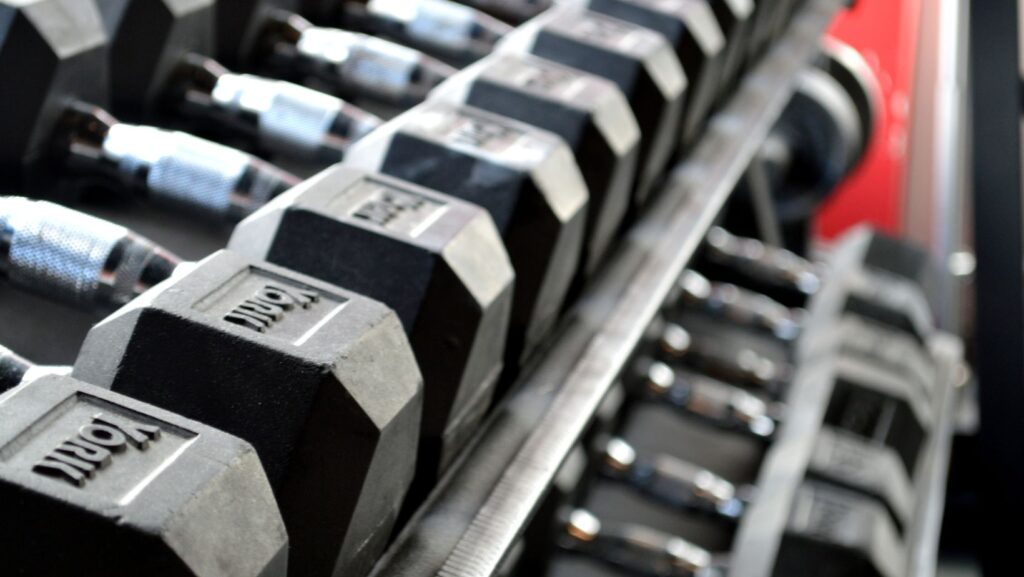Weightlifting Program
Unleashing the power of your muscles, feeling the adrenaline rush, and sculpting your body to perfection – isn’t that what weightlifting is all about? Whether you’re a seasoned lifter or a novice, there’s always room for improvement. This article will delve into the nuances of a well-rounded weightlifting program, designed to optimize strength and endurance.
Benefits of a Weightlifting Program
Embarking on a weightlifting program provides diversified advantages, geared towards improving various aspects of physical health. Apart from bolstering muscle power and sculpting physique, weightlifting programs offer a myriad of benefits that extend beyond aesthetics.
Increase in Muscle Strength

An advantageous outcome of following a weightlifting program is the marked increase in muscle strength. Regular, structured weightlifting exercises entail working out different muscle groups, contributing to significant gains in muscular strength. For instance, compound exercises like squats, deadlifts, and bench presses target multiple muscle groups simultaneously, fostering overall strength development. According to a study published in the Journal of Applied Physiology, consistent resistance workouts, on average, led to a 20% increase in muscle strength within a 10-week span.
Enhanced Bone Density
Weightlifting isn’t exclusively beneficial for muscle growth; it also plays a pivotal role in promoting bone health. Weightlifting exercises exert stress on the bones, encouraging them to adapt and fortify, resulting in heightened bone density. A study cited in the Journal of Bone and Mineral Research documented an average increase of 2.9% in femoral bone mineral density in adults partaking in a 6-month long weightlifting regimen.
Improved Metabolic Rate

Another boon of a methodical weightlifting program is an improved metabolic rate. Lifting weights facilitates the build-up of lean muscle mass. Considering lean muscles require more energy for maintenance compared to fat cells, an increase in muscle mass effectively hastens metabolism. This metabolic acceleration can promote efficient calorie burning, even while resting. The American Council on Exercise reports, for every pound of muscle gained through weightlifting, an extra 50 calories are burnt per day at rest.
Alienating weightlifting as a means to achieve only muscular prowess or a robust physique isn’t enough. It ingrains a much broader spectrum of health benefits, including muscle strength increase, enhanced bone density, and improvement in metabolic rate, rendering it an integral part of any comprehensive fitness regimen.
Essential Components of a Weightlifting Program
Despite the obvious focus on lifting heavy weights, a true weightlifting program encapsulates more than just that. It exhibits a blend of elements that work together, improving not just muscle strength but overall wellness.
Balanced Nutrition
A nutritionally balanced diet serves as the backbone of a successful weightlifting program. It forms the fuel that supports both the workout sessions and the body’s recovery process.
Lean proteins, for example, act as the building blocks for muscle repair and growth, making them vital for weightlifters. Two such sources include chicken and fish.
Carbohydrates, predominantly complex ones found in oatmeal and brown rice, provide the energy necessary for rigorous weightlifting sessions. They constitute an essential part of a weightlifter’s diet.
Lastly, let’s not forget fats. Healthy fats, like those in avocados and nuts, enhance the absorption of fat-soluble vitamins, assist in satiety, and supply a concentrated energy source.
Correct Exercise Technique
The importance of executing exercises with the correct technique can’t be underscored enough. A wrongfully performed workout, no matter how slight the deviation, can lead to a significant reduction in its efficacy and potentially cause injury.

For instance, if squatting, ensure you push your hips back and down while maintaining a flat back. Failure to keep your back straight may put undue stress on the lower back, leading to injury.
During a deadlift, keeping the chest up and shoulders back helps maintain spinal alignment, crucial to the execution of this lift. Improper form could result in serious injuries, such as a herniated disc.
Embracing a weightlifting program can yield impressive benefits like enhanced muscle strength, improved bone density, and an elevated metabolic rate. It’s essential, however, to ensure that the program is tailored to one’s skill level, with beginners mastering basic movements before progressing to more complex exercises.

